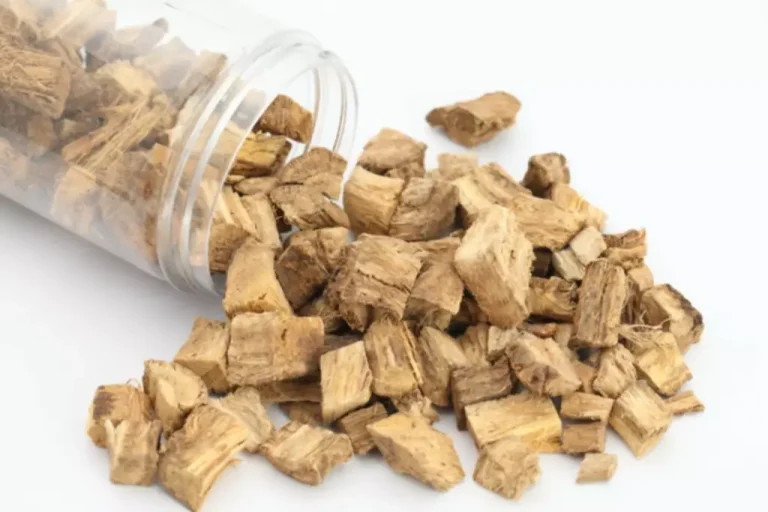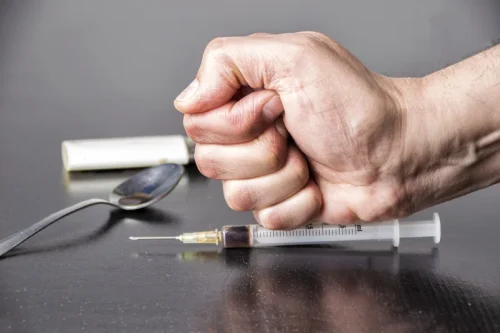
It is a variable number of tandem repeats (VNTR) with three distinct alleles. These alleles are of 9 base pair repeats, 10 base pair repeats as well as 12 base pair repeats. The 9 base pair repeat is extremely rare and in statistical studies, often clubbed with the 10 base pair repeat.
The Neuroscience of Addiction – Application to Clinical Practice

There have been some studies conducted into the involvement of this pathway in the process of alcohol addiction. According to one study published by[67] physical dependence, which refers to the pharmacological tolerance induced by chronic alcohol intake, results in AWS and is neurobiologically supported by the imbalance between GABA and glutamate-NMDA neurotransmission. You can promote healthy changes in the brains and behaviors of patients with AUD by encouraging them to take a long-term, science-based approach to getting better.
How Does Alcohol Affect Dopamine Levels?
LTP is a sudden but lasting increase in the overall level of excitatory neurotransmission in the hippocampus, a brain region involved in memory. In general, LTP seems to require activation of glutamate receptors and inhibition https://ecosoberhouse.com/ of GABAA receptors. Some studies have shown that short-term alcohol exposure inhibits glutamate receptor function (Lovinger et al. 1990) and stimulates GABAA receptor function in the hippocampus (Weiner et al. 1994).
- All of them function both individually and interactively as G-protein coupled receptors.
- As these cells degrade, motor function is compromised, which includes tremors, rigidity, bradykinesia or slowed movement, as well as changes in speech and gait.
- This important neurochemical boosts mood, motivation, and attention, and helps regulate movement, learning, and emotional responses.
- Dopamine is a neurotransmitter—or brain chemical—that people sometimes call the «feel good» hormone.
- Neurobiologically, striatal dopamine alters intracellular signaling that affects synaptic plasticity [42].
Alcohol and Dopamine Addiction
Other research indicates that some people tend to have a higher release of and response to dopamine than others. In addition, those individuals may be predisposed to drink more heavily and develop an alcohol addiction. Individuals with low dopamine levels may experience a loss of motor control, such as that seen in patients with Parkinson’s disease. They can also develop addictions, cravings and compulsions, and a joyless state known as “anhedonia.” Elevated levels of dopamine can cause anxiety and hyperactivity.
Dopamine release was altered in a sex-dependent manner in chronic alcohol self-administering macaques

Evidence suggests that medications that inhibit calcium channel function (i.e., calcium channel blockers such as nimodipine) can relieve the seizures accompanying alcohol withdrawal (Valenzuela and Harris 1997). SSRI’s also are useful in treating anxiety, depression, and other mood disorders that result at least in part from dysfunctional serotonergic signal transmission in the brain (Baldessarini 1996). Accordingly, drugs that target serotonergic signal transmission may reduce alcohol consumption partly by improving the co-occurring psychiatric problems and thus eliminating the need for self-medication with alcohol.

Publication types
During acute and protracted withdrawal, a profound negative emotional state evolves, termed hyperkatifeia (hyper-kuh-TEE-fee-uh). These brain changes related to excessive alcohol use underlie many AUD symptoms. 2Generally, alcohol exposure for more than 1 day is considered chronic, because this time period exceeds the usual duration of a single session of drinking and intoxication. In animal experiments, however, chronic exposure periods can last several months, and humans often will drink continuously for months or years at a time. These examples demonstrate that serotonin interacts with other neurotransmitters in several ways to promote alcohol’s intoxicating and rewarding effects. Serotonin also may interact with additional neurotransmitters that have been found to contribute to alcohol’s effects on the brain.
FC mediation of AB
Changes in other neural systems might also be important in withdrawal, however. Voltage-sensitive calcium channels are pores in the cell membrane that admit calcium into the neuron in response to changes in electrical currents generated in alcohol and dopamine the neuron.2 Short-term alcohol consumption inhibits calcium flow through these channels. Long-term alcohol exposure results, however, in a compensatory increase in calcium flow, which becomes excessive when alcohol consumption ceases.
Detailed methods for these assays are available in Supplementary Materials and Methods. Therefore, scientists are paying increasing attention to the integration of communication systems in the brain. Although the study of neural integration is in its infancy, enough has been learned to help guide future research. This article suggests mechanisms by which alcohol consumption may affect multiple neurotransmitter systems to influence behavior.
Acute Alcohol Effects on the Brain’s Serotonin System
Furthermore, the trend toward decreased dopamine release in the males with no abstinence might have become significant had those subjects been put through abstinence periods like the male subjects in Cohort 3 of this study. The main inhibitory neurotransmitter in the brain is gamma-aminobutyric acid (GABA). Acting through a receptor subtype called GABAA, GABA leads to a state of sedation and decreased anxiety. Sedative medications such as the benzodiazepines (e.g., Valium®) also act at the GABAA receptor. Some reports suggest that short-term alcohol exposure increases the inhibitory effect of GABAA receptors (Mihic and Harris 1995). Other research, however, shows that alcohol does not increase GABAA receptor function in some brain regions and under certain experimental conditions.